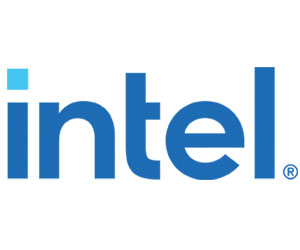What Is Intel vPro Technology Used For?
For postsecondary schools, vPro offers several benefits to streamline IT operations.
First, remote management allows IT teams to manage vPro devices with ease. For example, when a remote staff member encounters an issue with a device, vPro makes it possible for IT staff to access the device and evaluate operational problems — even if the device is powered off, or if the OS isn’t responding.
In addition, the vPro platform offers increased performance for productivity platforms such as Microsoft Office, along with support for Wi-Fi 6 to enable next-generation connectivity across campuses.
Is Intel vPro Secure?
Malicious attacks increased when institutions made the shift to remote and hybrid learning. Ransomware and other security threats are a growing concern for postsecondary schools.
Intel vPro’s Hardware Shield can help combat these security threats. Machine learning is built into the processor, which allows it to offload memory faster than computers without vPro activation.
By leveraging machine learning and artificial intelligence, vPro-enabled devices can detect the signs of malicious activity sooner, making it possible for IT teams to act before entire networks are compromised. If files are encrypted on vPro devices, fully remote management with KVM support makes it possible for IT administrators to fix or wipe devices as needed — even if the OS itself has been compromised.
MORE ON REMOTE MANAGEMENT: Secure higher ed's growing number of remote devices.
How Is Intel vPro Activated?
Many postsecondary schools use a mix of devices from different original equipment manufacturers that include vPro functionality. With vPro activation, machine learning can help offload data more quickly. It also allows full remote access as well as out-of-band device management.
This activation process takes approximately 20 hours and is divided into three phases: Discovery and infrastructure deployment, installation and configuration, and training and management.
The first phase focuses on identifying connected devices and deploying tools such as Microsoft Windows Server or Microsoft SQL. Next is the installation and configuration of Intel’s endpoint management assistant along with testing and troubleshooting. Finally, teams need training on the EMA tenant and management consoles.
While it’s possible for postsecondary teams to handle this activation process themselves, leveraging a trusted third-party provider with the knowledge and expertise to streamline and scale vPro activation can save time and money.
Brought to you by:













